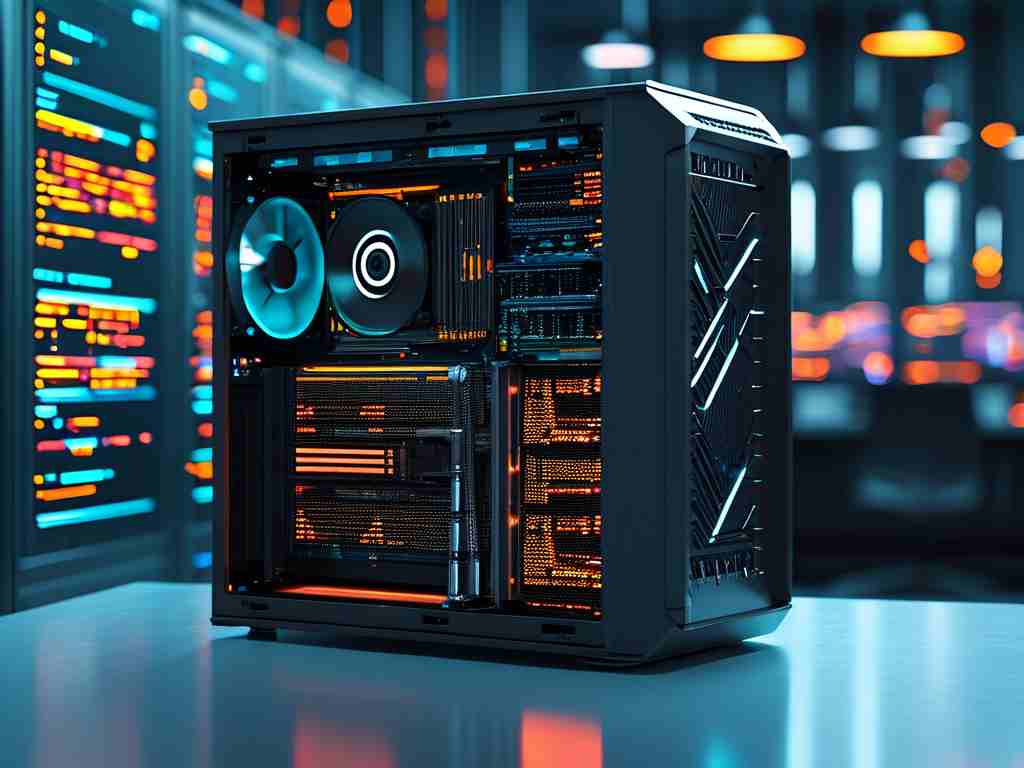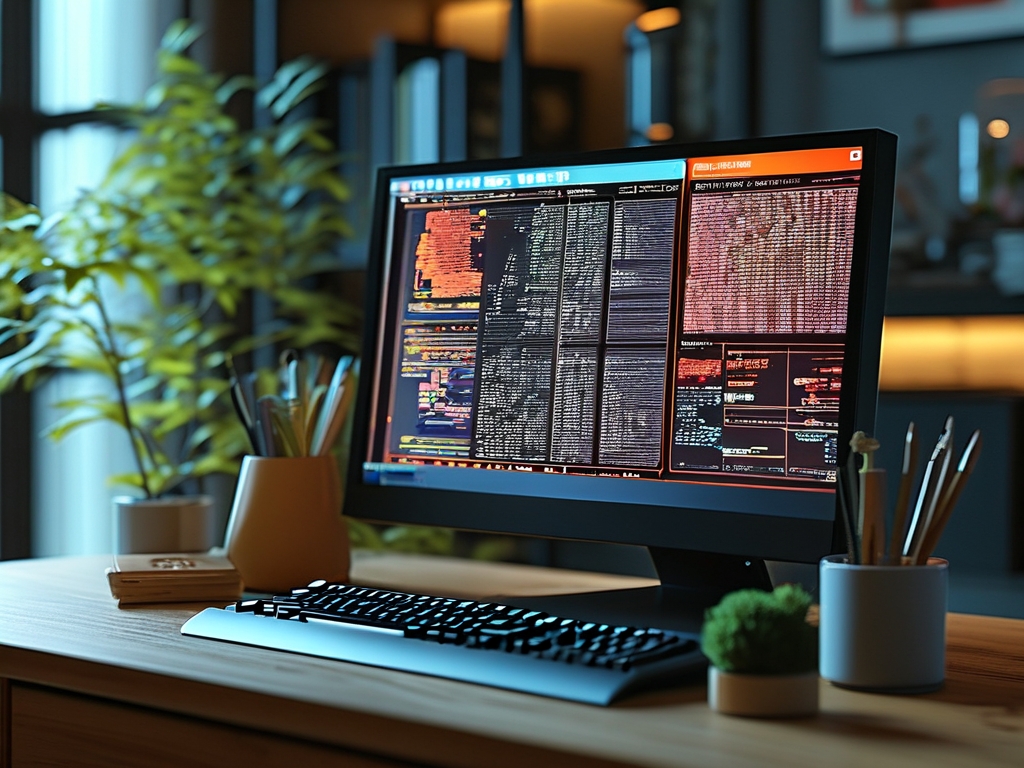Understanding how to calculate video memory requirements is essential for optimizing visual performance in gaming, video editing, and graphic design. This article breaks down the key factors and formulas to estimate video memory (VRAM) usage efficiently.

Core Components of Video Memory Calculation
Video memory consumption depends on three primary elements: resolution, color depth, and frame buffer requirements. Higher resolutions like 4K (3840x2160 pixels) demand significantly more memory than 1080p (1920x1080). Each pixel requires storage for color information, typically measured in bits per pixel (bpp). For standard 8-bit color depth (24-bit RGB), a single pixel uses 3 bytes (24 bits ÷ 8).
A basic formula to estimate memory usage is:
Memory (MB) = (Width × Height × bpp × Buffers) ÷ (8 × 1,048,576) Here, "Buffers" include front/back buffers and additional layers like anti-aliasing. For example, a 1080p resolution with double buffering and 8x MSAA requires:
(1920 × 1080 × 3 × 3) ÷ (8 × 1,048,576) ≈ 23.73 MB Texture and Asset Overhead
Modern applications use high-resolution textures and 3D models, which consume substantial VRAM. A 4096x4096 texture with 32-bit depth occupies:
(4096 × 4096 × 4) ÷ 1,048,576 = 64 MB Complex scenes may load hundreds of textures, pushing requirements into gigabytes. Game engines like Unreal or Unity often preload assets, requiring developers to budget memory carefully.
Dynamic Factors Impacting VRAM
- Anti-Aliasing (AA): Techniques like MSAA or TAA increase memory usage by sampling multiple points per pixel.
- Render Targets: Post-processing effects (e.g., motion blur, HDR) create temporary buffers that add overhead.
- Driver Overhead: GPU drivers allocate reserved memory for internal operations, reducing available VRAM.
Real-World Example: Gaming at 1440p
Consider a game running at 2560x1440 with 10-bit HDR (30 bpp) and 4x MSAA:
Base memory = 2560 × 1440 × 3.75 (30 bits ÷ 8) = 13,824,000 bytes ≈ 13.18 MB
MSAA multiplier = 13.18 MB × 4 = 52.72 MB
Total for double buffering = 52.72 × 2 = 105.44 MB Additional textures and effects could easily push this to 6-8 GB, aligning with modern GPU recommendations.
Optimization Strategies
- Reduce Resolution Scaling: Lowering render resolution by 10-20% can save memory without noticeable quality loss.
- Compress Textures: Use GPU-supported formats like BC7 or ASTC to shrink texture size.
- Monitor Usage: Tools like GPU-Z or RivaTuner provide real-time VRAM metrics for troubleshooting.
Accurate video memory calculation balances technical precision with practical constraints. By factoring in resolution, color depth, and rendering techniques, users can optimize settings for their hardware. As applications evolve, understanding these principles ensures smoother performance across diverse workloads.









